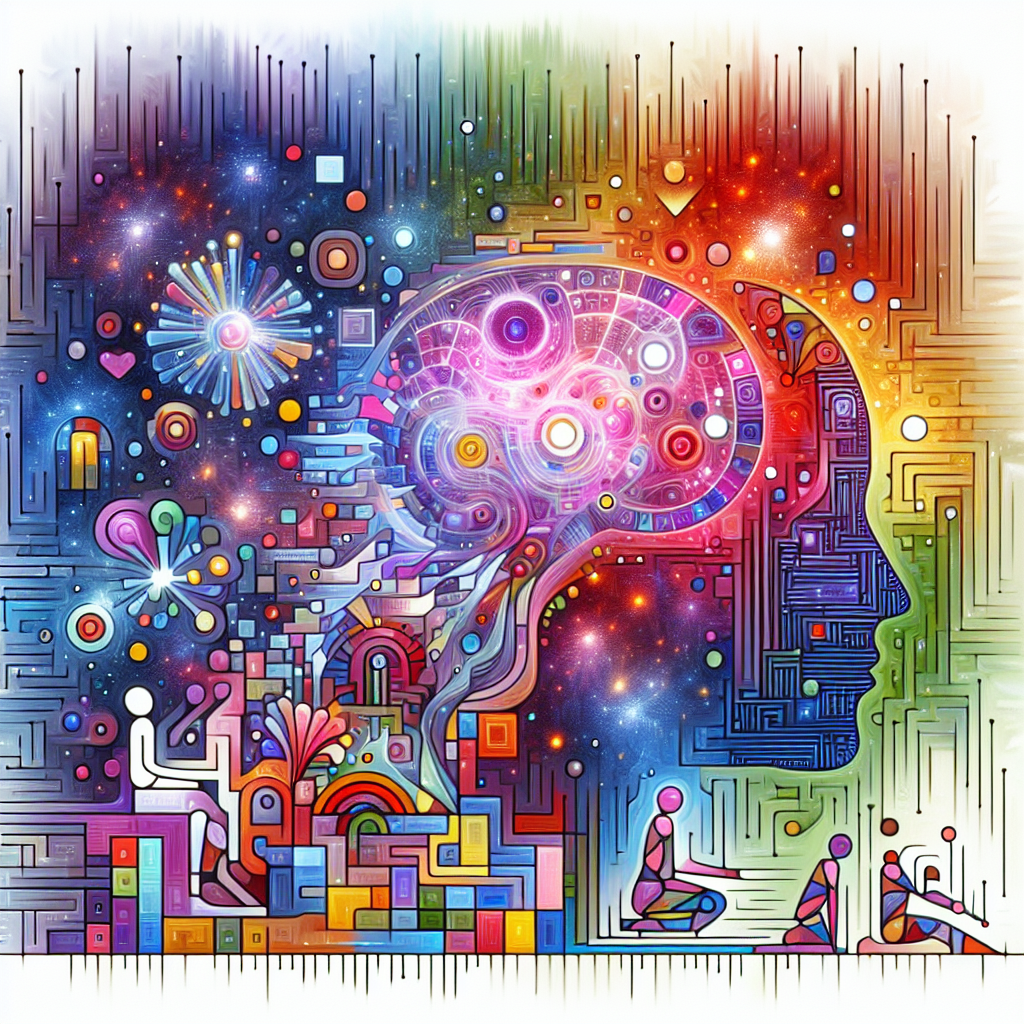The Revolution of Real-Time AI Image Generation: An In-Depth Analysis
The field of AI image generation has seen an astronomical advancement in recent years, morphing from a niche technical discipline into a widespread creative phenomenon. At the forefront of this transformation is the development of real-time AI image generation, a technology that promises to redefine the dynamics of digital art and design. In this comprehensive analysis, we delve into the essence of this burgeoning technology, examining its origins, applications, and potential to reset our expectations of what's possible in the AI-driven creative landscape.
Pioneering Real-Time AI
It all began with the groundbreaking research into latent consistency models, which laid the foundation for rapid and efficient image generation using AI. Traditional methods, such as the previous iterations of stable diffusion models, required upwards of 40 steps to produce detailed and visually appealing images. In contrast, the distilled stable diffusion approach significantly reduced this process, achieving acceptable results in as few as two to four steps. This leap forward has slashed generation time by a factor of ten, opening the door to applications that seemed implausible just a short while ago.
The first widely recognized application harnessing the power of this technology emerged in the form of Krea, an image generation website featuring a real-time generation tool underpinned by latent consistency models.
Latent Consistency in Action
Krea's real-time image generation tool epitomizes the user-friendly interface that has propelled the popularity of AI-driven creativity. Users are presented with a dual-pane interface: a drawing tab on one side and the resulting image on the other, accompanied by a prompt input at the bottom. The experience is intuitive, allowing even those without artistic prowess to harness the model's capabilities and create complex scenes simply by sketching rough shapes and cues for the AI to interpret.
This direct and almost instantaneous manipulation of latent space is unprecedented. Artists and designers can now interact with AI models in ways that were hitherto constrained by processing times and computational limitations.
Upscaling: Sharpening the Edges
Krea also introduces an upscaling feature, which adds another layer of refinement to the images produced. The resulting enhancement in detail challenges our preconceived notions of speed-oriented generation algorithms, which have previously been synonymous with lower quality outcomes.
Barriers to Entry: Cost and Accessibility
However, while Krea's technological advancements are commendable, the platform's subscription-based model imposes a financial barrier, limiting accessibility for the broader community of enthusiasts and creators who may not have the resources to invest in such tools.
Nevertheless, the community's commitment to democratizing AI opens doors to several free alternatives to Krea, which have been crucial in fueling the widespread experimentation and adoption of this technology.
Free Real-Time Generation Platforms
One such platform is Fall AI realtime stable diffusion, although it experienced some technical issues at the time of observation. Another notable service is hosted on TL Draw, a platform that not only offers real-time generation but does so with exceptional speed and fluency, potentially leveraging the latest SDXL turbo model.
Options like these break down barriers, offering a launching pad for users to explore real-time AI image generation without financial commitment, enabling broader access to cutting-edge tools.
Innovation at Your Fingertips
For those seeking to integrate real-time generation within their own systems, current APIs and playgrounds, like the ones provided by Fall AI, showcase what's possible when this technology is implemented into a developer's toolkit. It offers a glimpse into a future where real-time AI generation could be as commonplace as any other basic tool in software.
In an intriguing turn, Free Pic Picasso introduces the concept of integrating stock icons into the generative process, further simplifying the user experience and expanding creative possibilities. The platform's invitation-only model hints at a cautious rollout, mindful of server capacities and quality control.
Fine-Tuning the Future of AI Art
One of the most compelling aspects of these emerging platforms is the ability to fine-tune generated images, transforming broad strokes into detailed visuals with real-time feedback. This level of control and immediacy was previously unattainable and is likely to transform various industries deeply, from gaming to filmmaking.
On the Horizon: Self-Hosted Real-Time AI
Looking to the near future, the possibility of running high-quality, real-time AI image generation on consumer-grade hardware is nothing short of revolutionary. Although currently more complex to set up, resources and forthcoming tutorials promise to make this accessible to the tech-savvy masses yearning for independence from subscription models.
The Art of Possibility
The promise of real-time AI image generation lies not just in its technical prowess but in its potential to unlock new forms of creativity. It beckons a future where artists, designers, educators, and hobbyists can seamlessly blend their visions with machine intelligence, catalyzing an era of unprecedented artistic exploration.
In conclusion, as we stand on the cusp of a new creative paradigm, real-time AI image generation heralds a future where imagination is the only limit. With accessible platforms, intuitive interfaces, and the power of latent consistency at our disposal, the artistic landscape is ripe for a renaissance, one pixel at a time.
In closing, while we embrace this future, it is essential to remain mindful of the ethical considerations and equitable access to technology, ensuring that the art of tomorrow is shaped inclusively for everyone to partake in and enjoy.
Related News
- The Exciting Evolution of AI Image and Video Generation: A Deep Dive
- A Dive into the Dynamism of AI Image Generation: The 2024 Outlook
- The Thrilling Week in AI: Luma AI, Stable Diffusion 3, and Beyond
- Unveiling the Realism: The Evolution of AI-Generated Imagery
- Deep Dive into Generating AI Imagery: Exploring the Potential and Pitfalls
